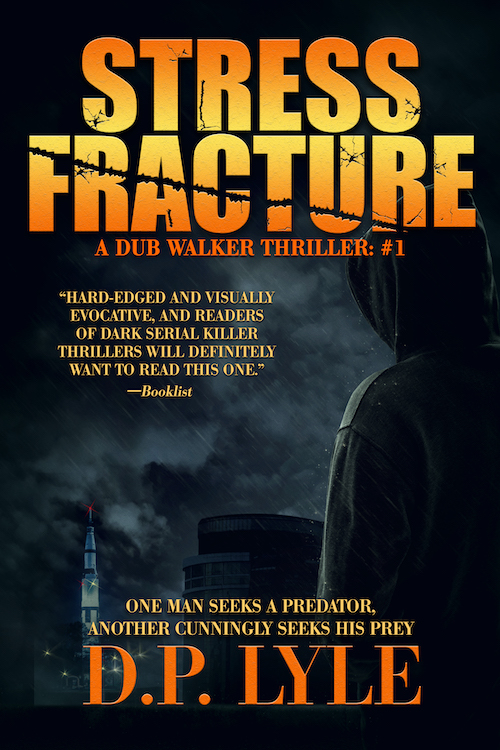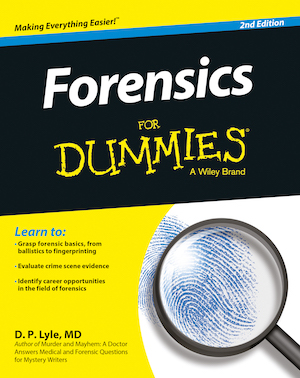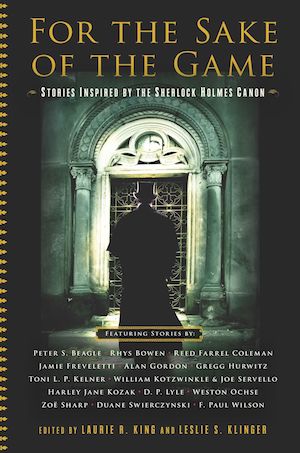Does “Body Recognition” Compare With DNA?
The forensic anatomy researchers at the University of Adelaide think this just might be the case. If so, this technique might be useful in identifying criminals and missing persons from photos and videos where facial features aren’t clearly shown.
Anthropomorphic measurements for identification aren’t new. In fact, they are over 100 years old. One of the pioneers in this endeavor was Alphonse Bertillon who devised a system hat became known as Bertillonage. It was the standard until fingerprints proved more reliable and discriminatory.
From HOWDUNNIT: FORENSICS:
ANTHROPOMETRY AND BERTILLONAGE
Anthropometry (anthrop means “human”; metry means “to measure”) is defined as the study of human body measurements for use in anthropological classification and comparison. Simply put, it is the making of body measurements in order to compare individuals with each other.
Using anthropometry, French police officer Alphonse Bertillon (1853–1914) developed the first truly organized system for identifying individuals in 1882.
Believing that the human skeleton did not change in size from about age twenty until death and that each person’s measurements were unique, he created a system of body measurements that became known as bertillonage.
According to Bertillon, the odds of two people having the same bertillonage
measurements were 286 million to one. This belief led Bertillon to state that all people could be distinguished from one another by key measurements, such as height, seated height from head to seat, length and width of the head, right ear length, left little finger length, and width of the cheeks, among others. His greatest triumph came in February 1883, when he measured a thief named Dupont and compared his profile against his files of known criminals. He found that Dupont’s measurements matched a man named Martin. Dupont ultimately confessed that he was indeed Martin.
For many years, this system was accepted by many jurisdictions, but by the dawn of the twentieth century cracks began to appear. The measurements were inexact and subject to variation, depending upon who made them. And because the measurements in two people who were of the same size, weight, and body type varied by fractions of a centimeter, flaws quickly appeared and the system was soon discontinued. Its death knell tolled with the famous Will West case.
FORENSIC CASE FILES: THE WILL WEST CASE
Though landmark in its importance, this case was an odd comical coincidence.
On May 1, 1903, Will West came to Leavenworth Penitentiary in Kansas. The records
clerk apparently thought that the man looked familiar, but the new inmate denied ever having been in the prison before. As part of his intake examination, anthropometry was performed and officials were surprised to find that Will’s measurements exactly matched those of William West, another inmate at Leavenworth. The two men even looked eerily similar as if they were twins.
They were brought together into the same room, but each stated that they were not brothers. Fingerprints were then used to distinguish between the two Wills after which Leavenworth immediately dumped anthropometry and switched to a fingerprint-based system for identifying prisoners. New York’s Sing Sing prison followed a month later.
But was the similarity between Will and William West just a bizarre coincidence?
Not really. A report in the Journal of Police Science and Administration in 1980 revealed that the two actually were identical twins. They possessed many fingerprint similarities, nearly identical ear configurations (unusual in any circumstance except with identical twins), and each of the men wrote letters to the same brother, same five sisters, and same Uncle George. So, even though the brothers denied it, it seemed that they were related after all.
In 2010 and also in 2012, I posted on Bertillon’s technique:
https://writersforensicsblog.wordpress.com/2009/10/10/fingerprints-and-the-forensic-world-part-2/
https://writersforensicsblog.wordpress.com/2012/04/29/handprints-and-stature-whats-old-is-now-new/




































